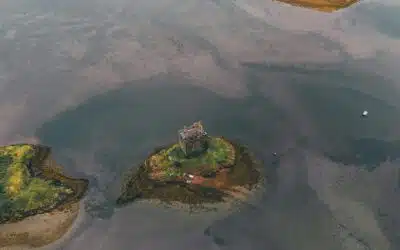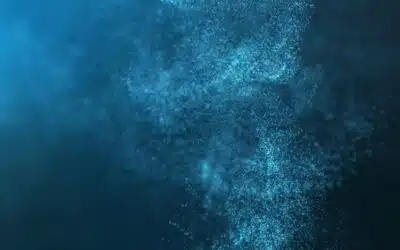The Reality of the Gesture

Written By Mila Khyentse
Blog | Dzogchen philosophy | Mind and Dzogchen
In “The Reality of the Gesture”, the latest post in the series on gesture, Mila Khyentse talks about the real nature of gesture, of action.
The reality of the gesture
After “The dynamics of the gesture” and “I do therefore I am”, this article is the third in the ” spirit of gesture ” series.
If a gesture can be spontaneous and can define me, what about its reality?
We all make gestures, we all have actions, we all give meaning to “our” gestures, or we use these gestures to give meaning to reality. It seems normal, even trivial, completely integrated into our program. We generally never question the nature of the gesture itself.
But what if, as Dzogchen invites us to do, we did?
Questioning the nature of the reality of gesture requires, first and foremost, hindsight and a keen sense of direct observation. First of all, what do we know about an action or gesture? That it is repeated ad infinitum. If we take a typical day in our lives, we will see that it’s a bevy of gestures and actions that follow one another from morning to evening and even into the night. So much so, in fact, that we can’t even remember the trivial gestures we made this morning, drowned out by all the gestures we made that day. The reality of the gesture? A little blurred in the mass… So what I think is real at the moment I’m doing it, experiencing it, fades quickly after it’s done.
“For these two sister traditions, the real nature of gesture is apparent but non-existent.”
As for the meaning the gesture seems to carry, does it itself carry it? Does my gesture have meaning, or do I give it meaning? On closer inspection, I realize that it’s my ability to comment, my concepts, that “make” my gesture think, that give it a reality that it may not have at the Base. So what I do is conditioned by what I think.
We all know this: I think about doing, but I don’t do to think. So, thought before action.
What then of the “natural”, unconditioned reality of gesture or action?
It is emptiness, empty of its own existence.
Let’s borrow from the Mahāyāna Sutras, the Buddha’s most essential statement on the subject: “Form is emptiness, emptiness is form. Emptiness is nothing but form, form is nothing but emptiness.” [1] Thus, for the Buddhist tradition, the primordial, fundamental meaning of gesture, of action, is inherently empty. This is its true “meaning”: it carries nothing, it is not carried by anything, it is not attached to a self, nor is it conditioned by anything else. It is free, pure and spontaneously accomplished. It is enlightenment. That is the nature of gesture.
The Dzogchen is not left out:
“The example is that of a drawing on water: Natural, emergence and liberation are uninterrupted; All emergence is the raw nourishment of primordial evidence-vacuity, All movement is the dynamic of the sovereign Body of Reality, Without trace, naturally pure, ah la la!” [2]
For these two sister traditions, the real nature of gesture is apparent but non-existent. Being non-existent, it is not limited, and can extend to the farthest reaches of space. Being apparent, its true nature can be seen by all.
It is the awakened activity, the gesture, the action, of the great Beings of Enlightenment, the Bodhisattvas.
This is the pure, universal gesture to which we aspire on the path to Great Perfection.
[1] https://www.lotsawahouse.org/words-of-the-buddha/heart-sutra BACK
[2] You can read the entire text translated by the Dzogchen Today! translation committee here: The special teaching of the wise and radiant ruler. BACK
More Posts
Oceanic Journeys
In « Oceanic journeys », Damien offers a tale that is a metaphor of the spirtual path according to the Great Perfection.
A Dive into the Luminescent Abyss of the Mind
In this article, Denis takes us to a place where, even in the heart of silent darkness, universal compassion continues to manifest itself.
High Tide, Low Tide
In “High Tide, Low Tide”, Johanne talks about the movements of the mind, by observing the natural tide cycle.




